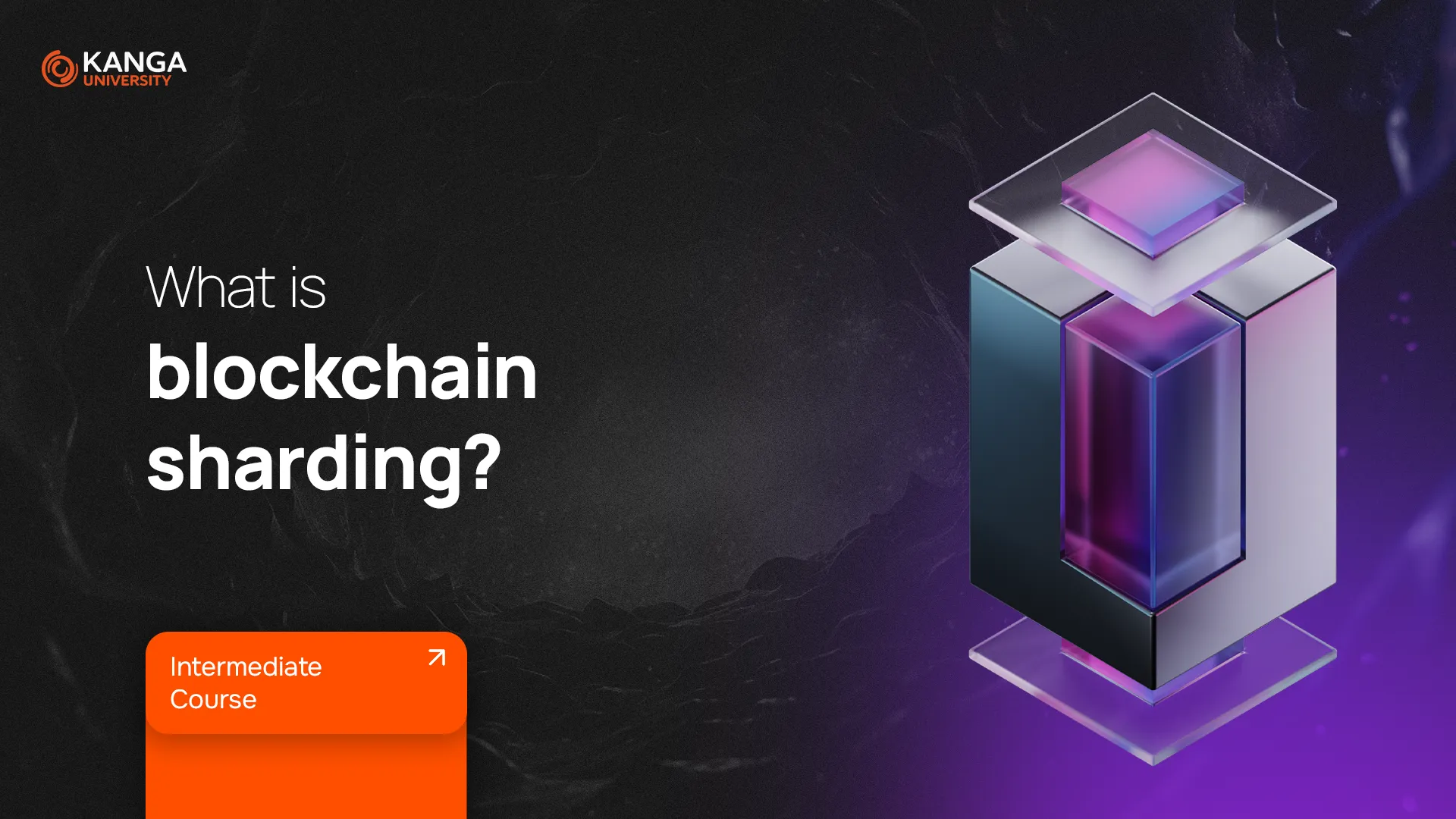
In the cryptocurrency world, it is widely believed that Ethereum has major scalability issues. This means high transaction costs and long processing times.
However, Ethereum is not the only blockchain facing this problem—most blockchains struggle with scalability. Developers are constantly working to solve this issue, and one of the most promising solutions is sharding. But what exactly is sharding, and why is it so important?
What is Sharding in Blockchain?
Sharding is a technique for improving blockchain scalability by dividing the network into smaller, more manageable parts called shards.
Simply put, instead of overloading the entire blockchain network, sharding splits it into independent segments. Each shard stores specific data and operates separately, allowing faster processing of transactions.
This means that each node in the network does not need to store the entire blockchain history but only the data relevant to its assigned shard. At the same time, all information remains accessible within the system, ensuring both security and decentralization.
How Does Sharding Work in Blockchain?
Sharding is particularly useful for blockchains that process large amounts of data and require a more efficient system.
Ethereum is a great example, as it supports hundreds of decentralized applications (dApps) and thousands of developers. Without sharding, processing transactions becomes expensive and slow.
By introducing sharding, Ethereum can increase transaction speed and reduce costs, making it more efficient and scalable.
Key Components of Sharding
1. Nodes
Nodes are the backbone of any blockchain network—they store transaction history and maintain network security.
The problem is that each node traditionally stores the entire blockchain history, slowing down transaction processing.
With sharding, each node only stores a portion of the data, significantly improving network efficiency.
2. Horizontal Partitioning
Sharding uses a technique called horizontal partitioning, which divides data at the row level.
For example, one shard may store transaction history, while another shard manages user account balances. This separation reduces network congestion and speeds up transactions.
Why is Sharding Important?
Sharding plays a crucial role in improving blockchain performance. Here are three key reasons why it matters:
-
Reduces Storage Requirements
- Traditionally, every node stores the entire blockchain history.
- With sharding, each node stores only a portion of the data, reducing storage load.
-
Improves Scalability
- Sharding allows a blockchain to process more transactions at the same time.
- This makes blockchain networks more competitive with traditional financial systems.
-
Increases Accessibility
- Sharding enables blockchain networks to run on lower-powered devices, allowing more users to participate.
Sharding and Security Risks
Like any technology, sharding comes with potential risks:
-
Shard Takeover Attacks
- Hackers could attempt to control a single shard and manipulate data.
- In Ethereum, this risk is minimized through randomized node assignments to shards.
-
Communication Between Shards
- Shards need to communicate efficiently to ensure the blockchain operates smoothly.
- Developers are implementing secure mechanisms to allow safe data exchange between shards.
Examples of Blockchains Using Sharding
Several major blockchain projects have already implemented sharding:
1. NEAR Protocol
- NEAR enables real-time transactions between shards.
- It allows low-power devices to run as network nodes, making the network more accessible and scalable.
2. Ethereum Beacon Chain
- Beacon Chain is the core component of Ethereum 2.0.
- It is responsible for:
- Managing validators and staking.
- Processing cross-shard transactions.
- Organizing network governance and upgrades.
3. Polkadot Parachains
- Polkadot uses its own version of sharding called parachains.
- Parachains are independent blockchains that operate within the Polkadot ecosystem.
- This system allows developers to create specialized blockchains that interact with others seamlessly.
Summary
Sharding is a groundbreaking solution that significantly improves blockchain scalability.
With sharding:
- Transactions become faster and cheaper.
- Blockchain networks become more accessible.
- Overall efficiency in the crypto ecosystem increases.
Although sharding is still being developed, projects like Ethereum, NEAR, and Polkadot prove that it is essential for the future of blockchain technology.